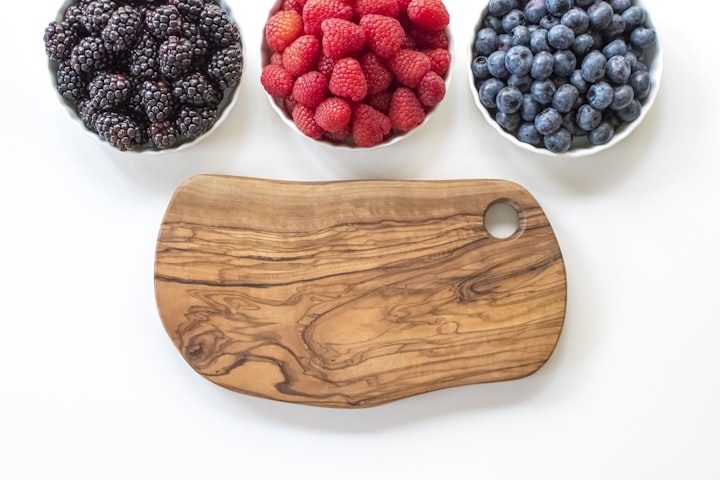Getting the Whole Hormone Picture
A deep dive into my assessment pathway!

If you’re brand new to working with a provider to address hormone health concerns, it’s good to know what to expect in advance!
This is especially critical when we consider the financial element involved with private practitioners – there are newer laws in some countries like the United States that prevent hidden fees on your health care bill, but not all private practitioners follow this (a big problem). And if a provider isn’t transparent with you about their commissions around supplements or lab work, you could be in for a big bill with very little to show for it.
So while getting some blood results back gives us a place to start when it comes to some hormone-related values, what else do I look for in a nutrition assessment?
Bloodwork
I like to take a look at glycemic control, or how well the body is managing blood sugar. Your provider might run a random or fasting glucose, and possibly a hemoglobin A1c which is a 3-4 month average of your blood sugars. Some providers may run a fasting insulin, especially if there is concern about insulin resistant PCOS, but not all providers do this regularly – you can ask!
I also like to consider cholesterol values, along with genetic history of cardiovascular disease. Cholesterol is our hormone building block, and some medications or other conditions can impact overall levels in the body. We want normal levels of HDL (good cholesterol), LDL (bad cholesterol), and triglycerides (another type of blood fat).
And to top it off from bloodwork, and if it’s available in results, I like to peek at liver function, thyroid health, kidney function and electrolytes. We want a well-functioning thyroid for metabolic health, and a strong liver and kidneys for hormone clearance pathways. Electrolytes like sodium, potassium and calcium are important for cell function, blood pressure and muscle contraction.
Goals and Supports
When we’re chatting hormones, I need to know what your goal is! Is there a plan for a pregnancy or are you trying to avoid pregnancy? Are periods painful and irregular? And so on. This creates a clinical picture for me that we use to guide our overall work.
It’s also really important for a provider to consider the supports you already have in place. While we’ve been conditioned to be 100% responsible for our health at all times, it’s just not how it works. We don’t have the same 24 hours in a day, and knowing who else is on your team, both at home and in your health care, can help us to delegate tasks based on specialties and strengths. If we’re addressing painful periods and find that stress level at home is through the roof, we’re going to work to find someone or something at home that can bring this stress level down to a more manageable level (I argue that we can’t necessarily do stress reduction but we can definitely do stress management – the world’s on fire and racism still exists, yo).
Home Patterns
In order to get a holistic picture of you, it’s good for me to know your routines. What kinds of movement do you enjoy, and how often do you engage in them? Is there something you’ve been meaning to do but are having trouble including? Depending on the situation, I might also get more details about your cooking and cleaning patterns! It’s good to know the type of kitchen layout you have so we can tailor recipes and meal ideas based on what’s available to you. And because some cleaning products contains endocrine-disrupting chemicals (EDCs), getting a general idea of what your cleaning routine looks like can help us remove potential barriers to hormone health.
Food, Finally!
I round off my sessions with food discussions – while dietitians are the food and nutrition experts, I need the whole picture first! While your food choices can be somewhat important to me, I find it more and more relevant to discuss your eating patterns and their regularity. If you’re struggling to eat regularly, this is an area we have to talk about, more than which foods to choose.
Because I integrate mindful and intuitive eating skills into my work, I also like to ask about your hunger and fullness patterns. Are you noticing hunger regularly? What does fullness feel like to you? What thoughts come up when you feel either of those sensations?
And finally, because diet culture has thrown a wrench into many of our lives, and makes it challenging to enjoy food as it is, I also check in on any food fears or restrictions you follow. This might include allergies, even though these are not a diet-culture related factor. If there are foods you are fearful of eating because of their impact on your weight or your health, we can make a plan to neutralize these foods and bring joy back into your eating.
As you can see, getting the whole hormone picture is a lot more than asking about your periods and requesting some blood work. And it’s definitely more involved than recommending a handful of expensive supplements and sending you on your way.
To learn more about the work I do, and get started on your own hormone and period health journey, you can find me at sayyestonourish.com or [email protected].
About the Creator
Emily the Period RD
I help people with periods navigate menstrual health education & wellness with a healthy serving of sass (and not an ounce of nutrition pseudoscience).
Enjoyed the story? Support the Creator.
Subscribe for free to receive all their stories in your feed. You could also pledge your support or give them a one-off tip, letting them know you appreciate their work.






Comments
There are no comments for this story
Be the first to respond and start the conversation.